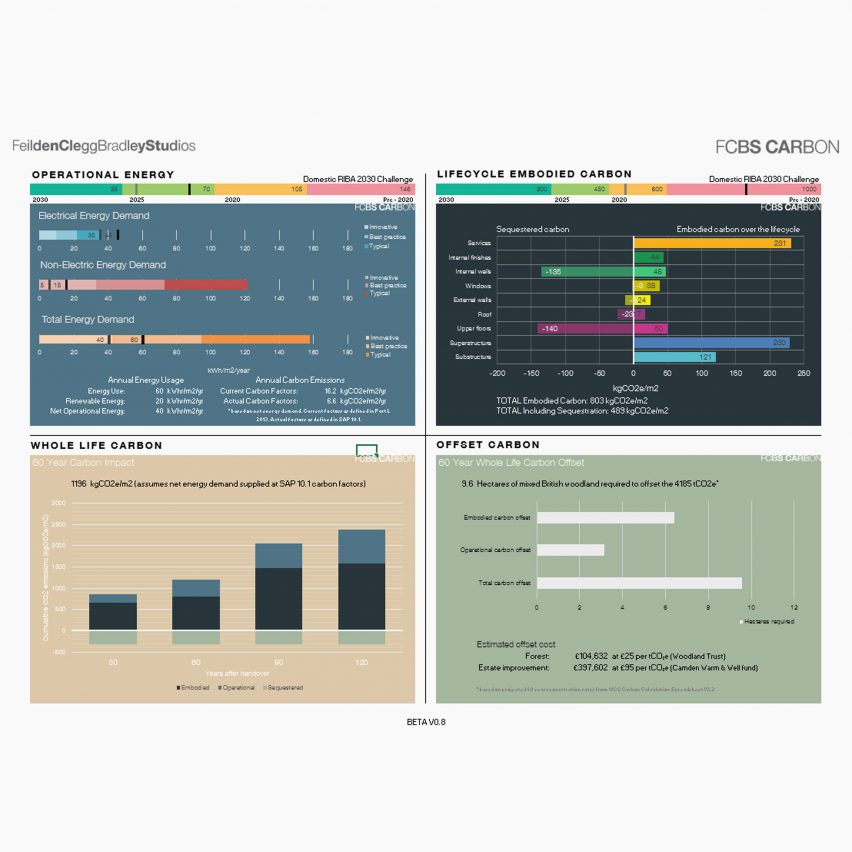
Feilden Clegg Bradley Studios has developed a free tool called FCBS Carbon to help architects estimate and reduce the whole-life carbon emissions of a building proposal.
FCBS Carbon takes the form of a spreadsheet that can be used throughout the design process to predict a building's carbon emissions over its lifespan to help architects work out how to reduce or offset them.
Whole-life carbon emissions mean all the CO2 produced by a building, including its construction, demolition and the carbon footprint of all the building materials.
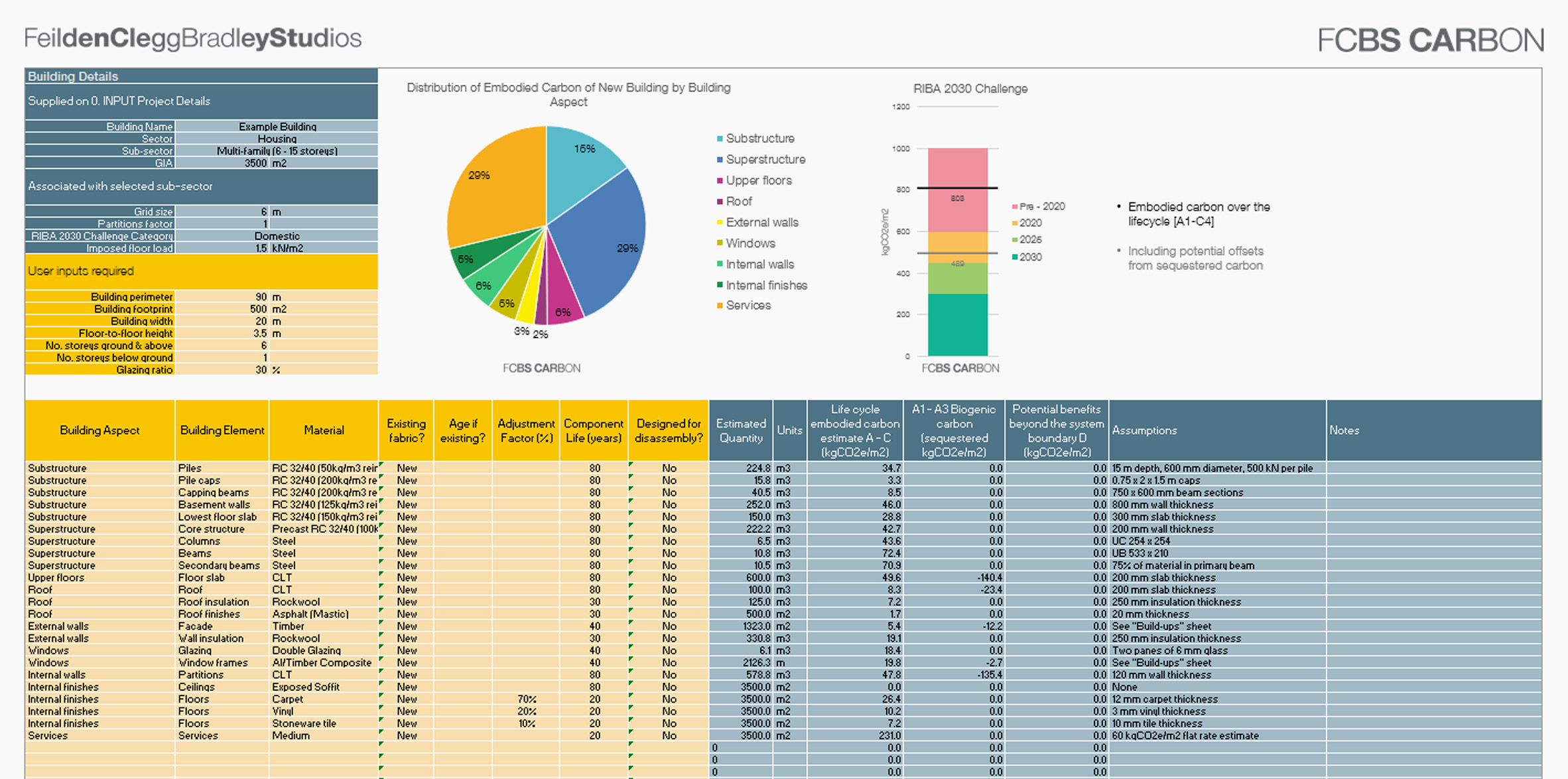
Users can then alter input data to compare different building elements and materials to identify sustainable alternatives for a proposal and the scale of carbon offsetting required to achieve zero-carbon.
Feilden Clegg Bradley Studios' aim is to encourage design teams to analyse the potential environmental impact of a building they are designing and identify the changes required to make it net-zero carbon.
The studio developed FCBS Carbon in response to its commitments to the Architects Declare initiative, which is calling on the architecture industry to help alleviate the climate crisis.
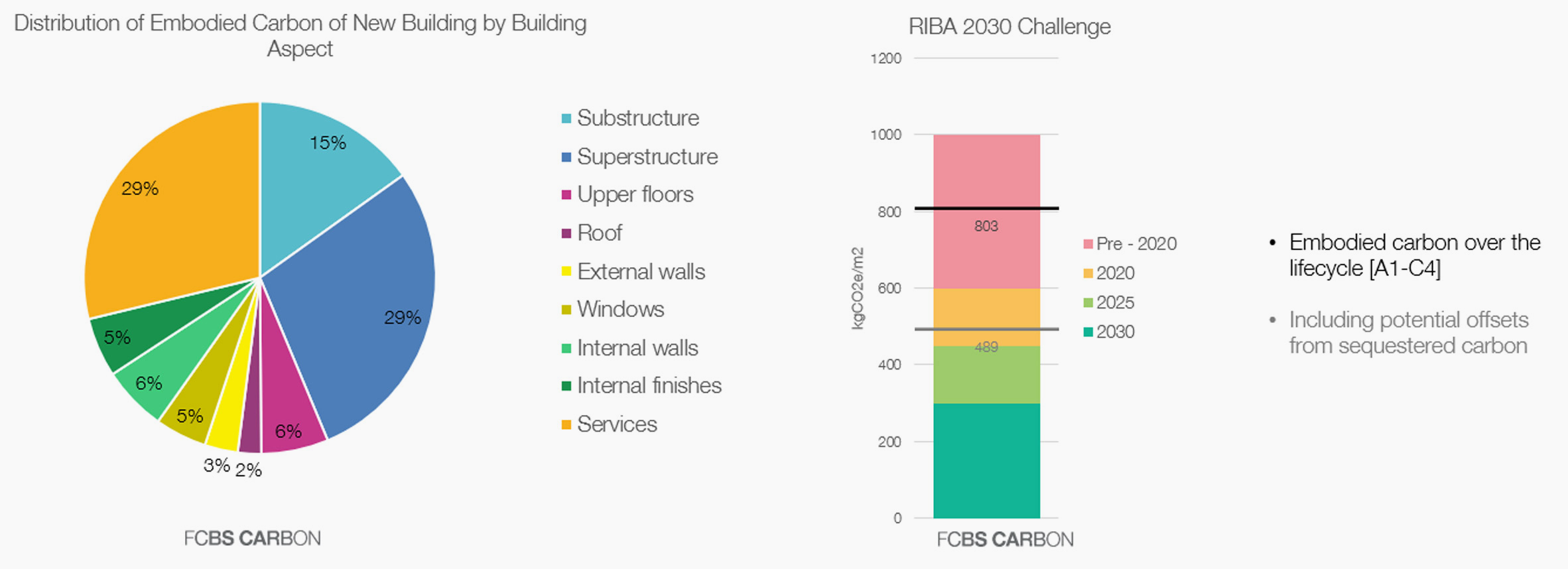
The spreadsheet's designers hope it will also encourage UK firms to meet the targets of the RIBA 2030 Climate Challenge, which calls for all new and retrofitted buildings to achieve net-zero whole-life carbon.
"Understanding the impact arising from our design choices is an essential step for architects and designers if we are to meet the RIBA 2030 Climate Challenge commitments and reach net-zero carbon emissions," said the studio's associate Joe Jack Williams.
"We have developed FCBS Carbon using standardised and benchmarked data to empower the industry to navigate complex design variables without the burden of creating a full bill of materials each time."
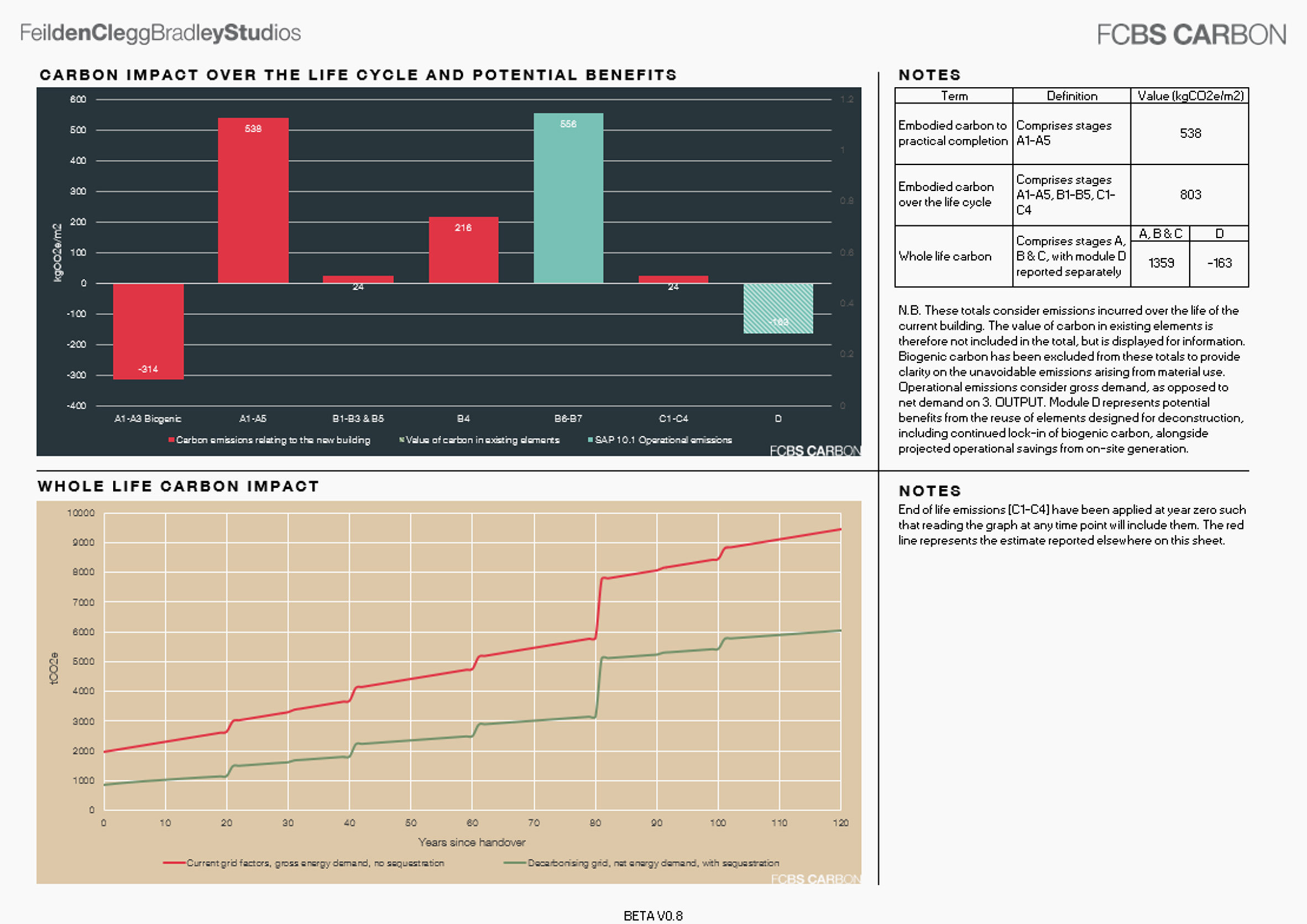
"In our support of the Architects Declare manifesto, we agreed to share knowledge and research on an open-source basis," added Ian Taylor, partner of Feilden Clegg Bradley Studios.
"With a limited timescale in which to dramatically curb such emissions, embodied carbon is becoming increasingly important, as a large part of these emissions are incurred immediately. Appreciation of embodied carbon also helps us to understand the value of the materials we already have."
Feilden Clegg Bradley Studios made FCBS Carbon a spreadsheet to negate the need for complex CAD models. It also allows architects to analyse a building's potential environmental impact from the early stages of the design process.
It comprises five sheets, three of which require users to input simple details about the building, such as its size, purpose and materiality. The final two use this data to predict the overall carbon footprint of a scheme over a 60-year lifespan.
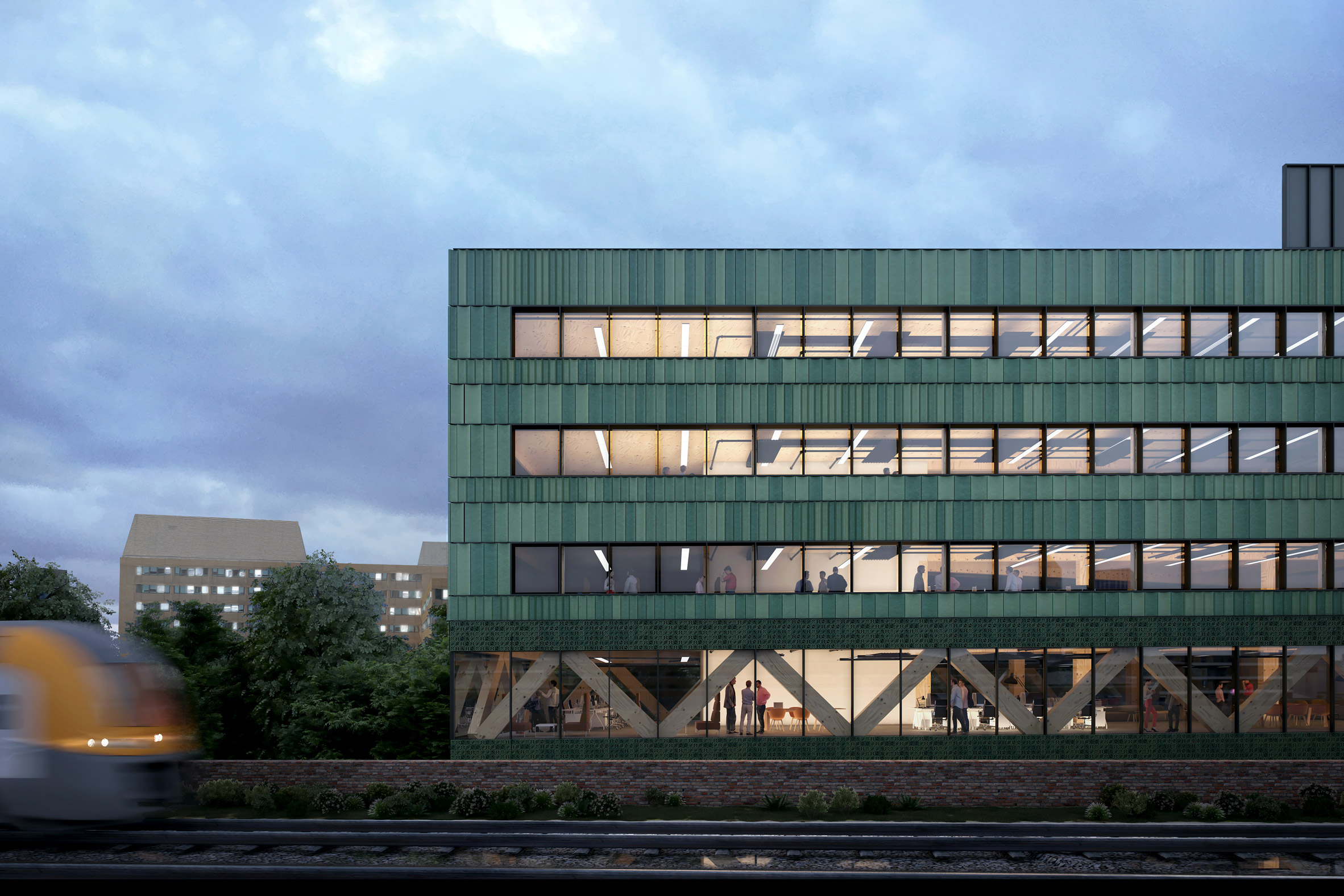
The calculation is based on data from the ICE Database, an embodied energy and carbon database for building materials, and environmental product declarations (EPDs), an independently-verified measure of a product's environmental performance.
It also considers how the building may offset its carbon emissions through processes such as reusing building elements, carbon sequestration or on-site renewable energy sources.

To help users contextualise their results, they are compared to RIBA 2030 Climate Challenge targets and other industry benchmarks.
Feilden Clegg Bradley Studios intends that architects using the tool do not view results as an exact value for the carbon associated with a project, but instead as a starting point. It encourages studios to use the spreadsheet in tandem with more detailed analyses later in the design process.
FCBS Carbon can be downloaded from the studio's website, and an online workshop dedicating to using the tool will take place during London Climate Action Week, which starts on 14 November 2020.
Feilden Clegg Bradley Studios is a British architecture firm founded in 1978, formerly known as Feilden Clegg. The studio recently hit the headlines for its proposal for a six-storey cross-laminated timber office named Paradise that will be carbon negative.
The last two years have seen a sharp rise of climate awareness after the United Nations warned that humanity has 12 years to limit global warming, or risk catastrophic changes to the planet.
Other studios committing to making their architecture more sustainable include Mikhail Riches, which is aiming for zero carbon in all its projects after its Stirling Prize win. Snøhetta has made a similar pledge, striving to make all its buildings carbon-negative within 20 years.
Project credits:
Feilden Clegg Bradley Studios team: Joe Jack Williams and Joe Taylor
Collaborators and advisors: Marta Galinanes Garcia and Edoardo Tibuzzi at AKT II, Steve Webb and Alex Lynes, at Webb Yates, Julia Ratcliffe at Scale Consulting and Simon Sturgis at Targeting Zero
The post Feilden Clegg Bradley Studios launches tool to help architects achieve carbon-neutral buildings appeared first on Dezeen.
https://ift.tt/3kiQjtD
twitter.com/3novicesindia




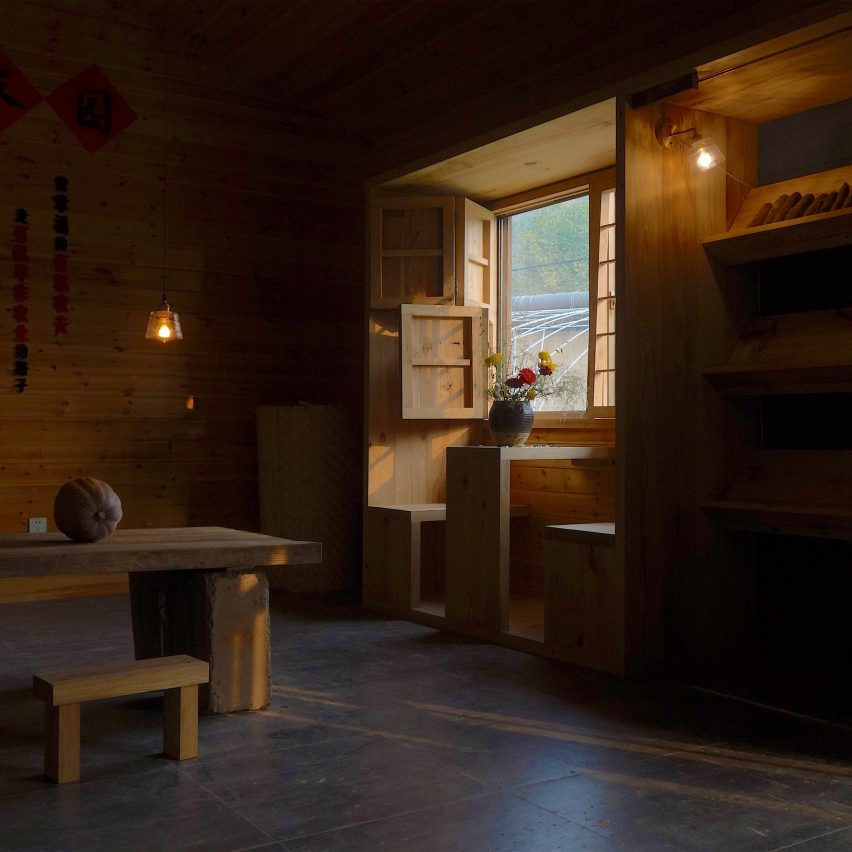
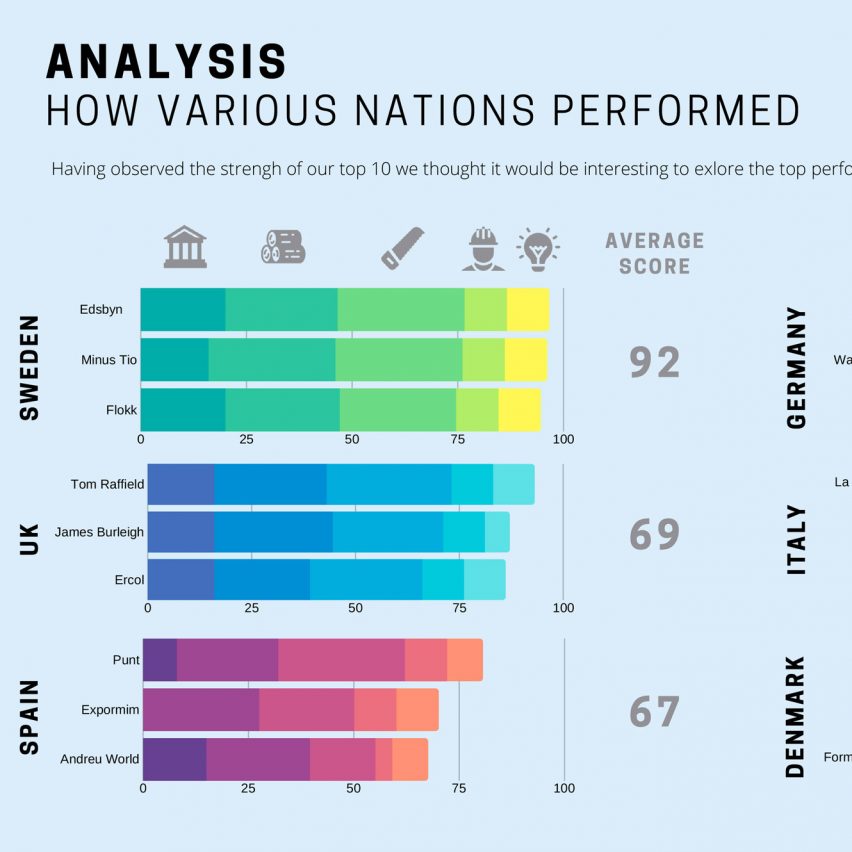

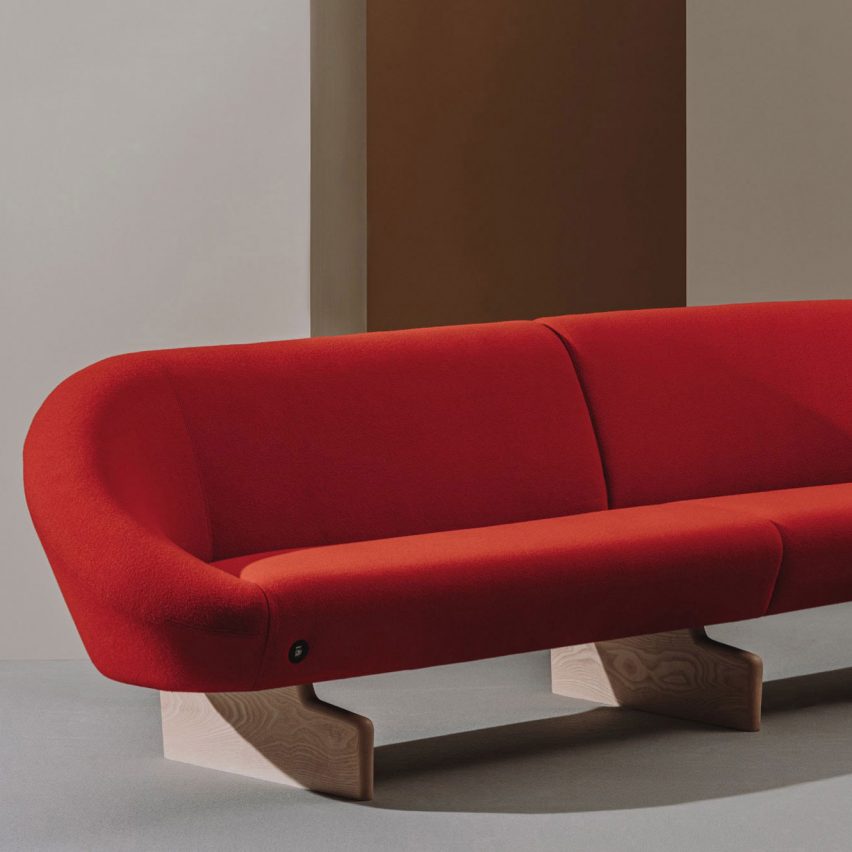
No comments:
Post a Comment